
Is Sugar Secretly Hurting Your Heart? Here’s What You Need to Know
Tiramisu, chocolate mousse, crème brûlée… sweet heaven, right? Sadly, those desserts may not love your heart back.
“Excess sugar can raise the risk of heart disease, both directly and indirectly,” explains dietitian Kate Patton, RD, LD, who specializes in preventive cardiology nutrition. That’s because sugar doesn’t just add calories — it disrupts your cholesterol balance and inflames your blood vessels.
💔 How Sugar Messes With Your Heart
A 2016 review showed that eating too much sugar increases LDL (“bad”) cholesterol while lowering HDL (“good”) cholesterol.
Here’s what that means for your body:
-
LDL cholesterol builds up as plaque inside arteries, blocking blood flow.
-
HDL cholesterol helps remove that plaque.
Too much sugar tips the scale in the wrong direction. And it doesn’t stop there — high sugar intake can also:
-
Raise triglycerides, another blood fat linked to heart disease.
-
Increase blood pressure, putting extra strain on your arteries.
-
Trigger chronic inflammation, which damages vessel walls over time.
Add in weight gain from sugary foods, and you get a perfect storm for heart problems like high blood pressure, diabetes, and clogged arteries.
🧃 The Sweet Trap: Added Sugars Everywhere
Sugar sneaks into more than just candy bars. Sweetened yogurts, breads, sauces, and even soups often hide spoonfuls of it.
“Even one can of soda can exceed your daily sugar limit,” Patton warns. And it’s easy to drink another without realizing how much you’ve consumed.
⚖️ How Much Sugar Is Too Much?
According to the American Heart Association, the daily upper limit for added sugar is:
-
Women: 100 calories (≈ 6 teaspoons)
-
Men: 150 calories (≈ 9 teaspoons)
That’s not much — a single can of soda can double it.
🧠 Smart Ways to Cut Back Without Feeling Deprived
1. Ditch Sugary Drinks
Soft drinks, juices, and sweetened coffees are the biggest sugar culprits. Choose water, sparkling water, or unsweetened tea instead.
2. Learn Sugar’s Aliases
On labels, look out for words like agave nectar, cane syrup, dextrose, fructose, maltose, molasses, and rice syrup. These are all added sugars in disguise.
3. Make Sweet Swaps
Add fruit instead of sugar.
-
Mix berries into plain yogurt.
-
Top oatmeal with banana slices instead of brown sugar.
-
Try cinnamon or vanilla extract for natural sweetness.
4. Choose Whole Foods
Fruits, veggies, whole grains, and lean proteins fill you up naturally — leaving less room for sugary snacks.
5. Read Nutrition Labels
“Added sugars” now appear separately, making it easier to track your intake.
🍯 Natural vs. Added Sugars: Know the Difference

Not all sugars are bad.
-
Natural sugars (found in fruit and milk) come with fiber, vitamins, and minerals that slow absorption.
-
Added sugars (table sugar, honey, syrups) spike blood sugar quickly and stress your heart.
Even “healthy” items like granola or salad dressing can pack hidden sugar, so always check the label.
🩺 When to Check In With Your Doctor
If you’re noticing chest discomfort, fatigue after eating sweets, or rising blood pressure, talk to your healthcare provider. They can test your cholesterol levels:
-
LDL (“bad”) should be under 100 mg/dL.
-
HDL (“good”) should be above 60 mg/dL.
Professional guidance can help you tailor your diet — and your heart will thank you for it.
❤️ The Takeaway
You don’t have to swear off dessert forever — just be mindful. Cutting back on sugar reduces cholesterol, inflammation, and weight gain, keeping your heart beating strong for years to come.
Moderation, awareness, and balance — that’s the real sweet spot.
News in the same category


Older Adults, Your Muscles Are Disappearing Without This Food in Your Diet

Unlock the Ancient Hair-Growth Secret That Boosts Length Naturally — No Chemicals, Just Pure Power

7 Subtle Signs Can.cer Might Be Growing Inside Your Body — Listen Before It’s Too Late
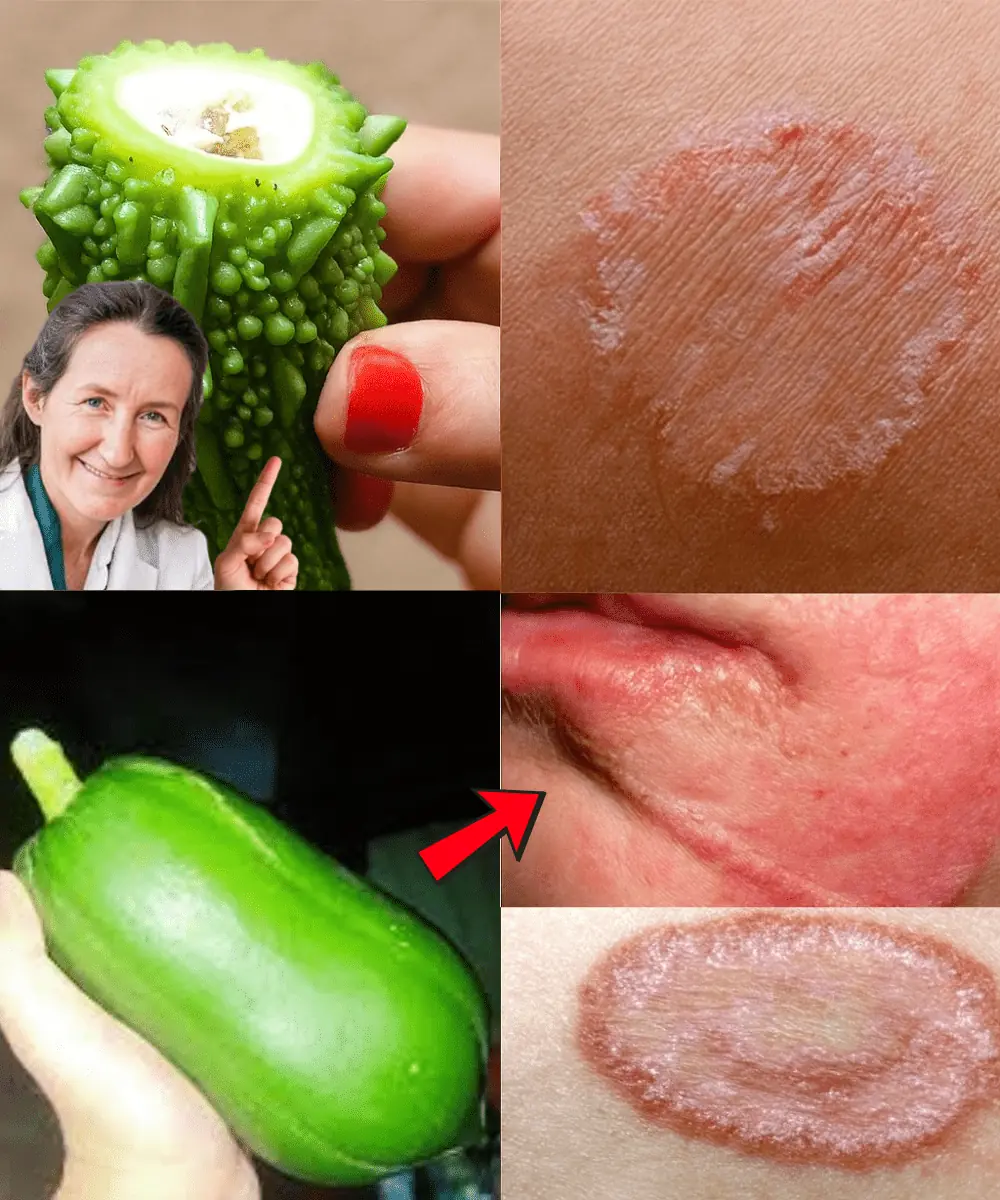
9 Natural Remedies That Wipe Out Fungal Infections Fast — No Chemicals, Just Results
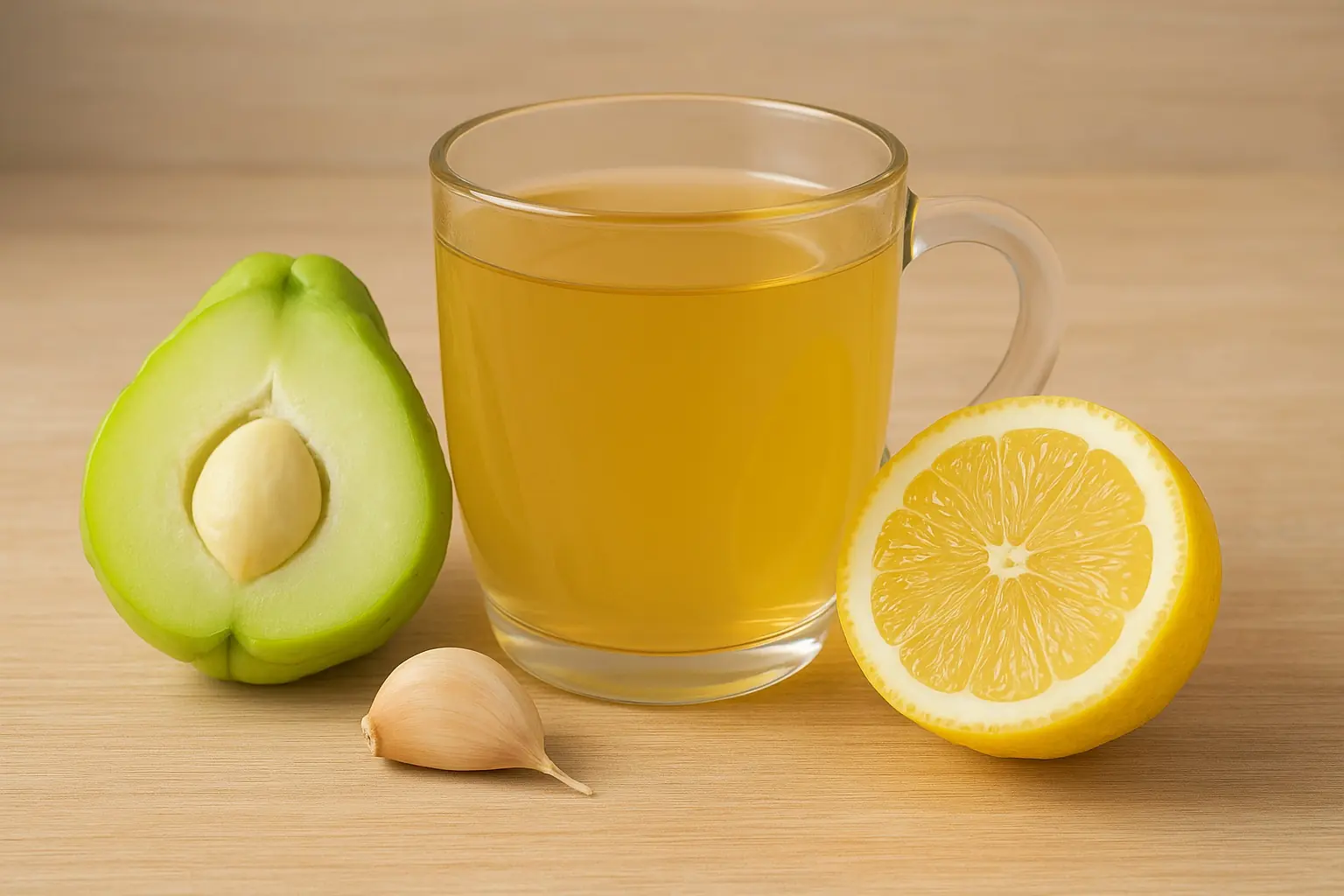
The 10-Minute Morning Tonic That Melts Away Swelling, Stiff Joints, and Circulation Fatigue

Clove Tea: The Ancient Elixir That Heals, Energizes, and Transforms from Within

Grape Hyacinth (Muscari): The Stunning Spring Flower That’s Edible - If You Know the Right Kind
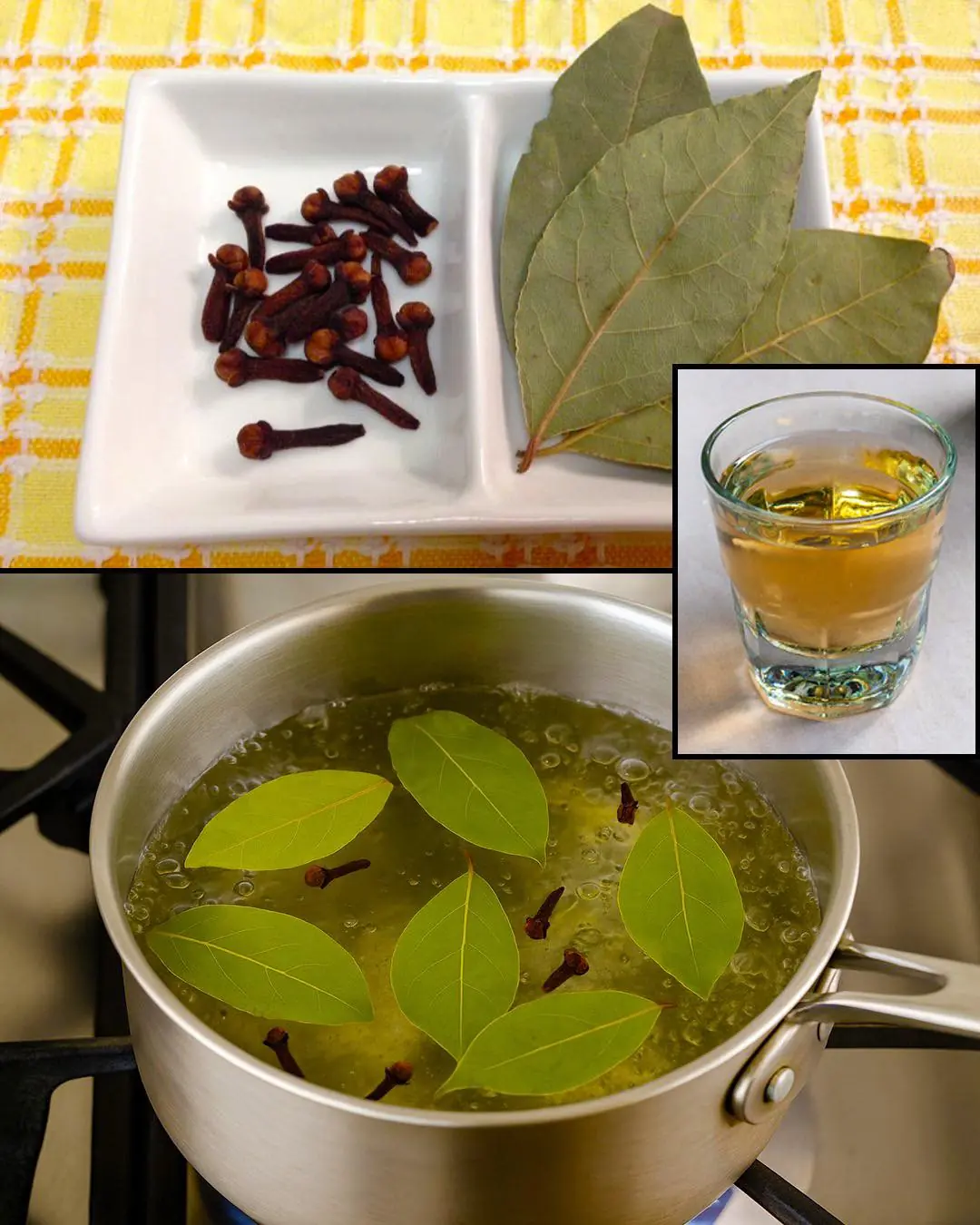
The Surprising Benefits of Boiled Bay Leaves and Cloves: A Natural Elixir for Wellness

The habit of drinking hot water mixed with cold water will be harmful if you do not understand these 3 important things: Bacteria will grow, the body will get sick
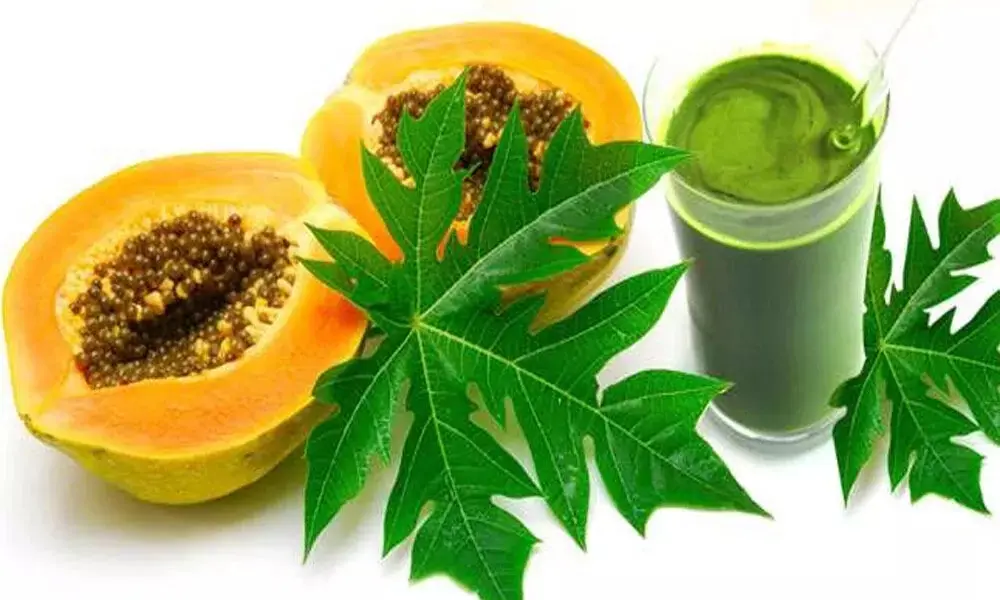
The Hidden Healing Power of Papaya Leaves: Nature’s Secret Weapon for Health and Vitality
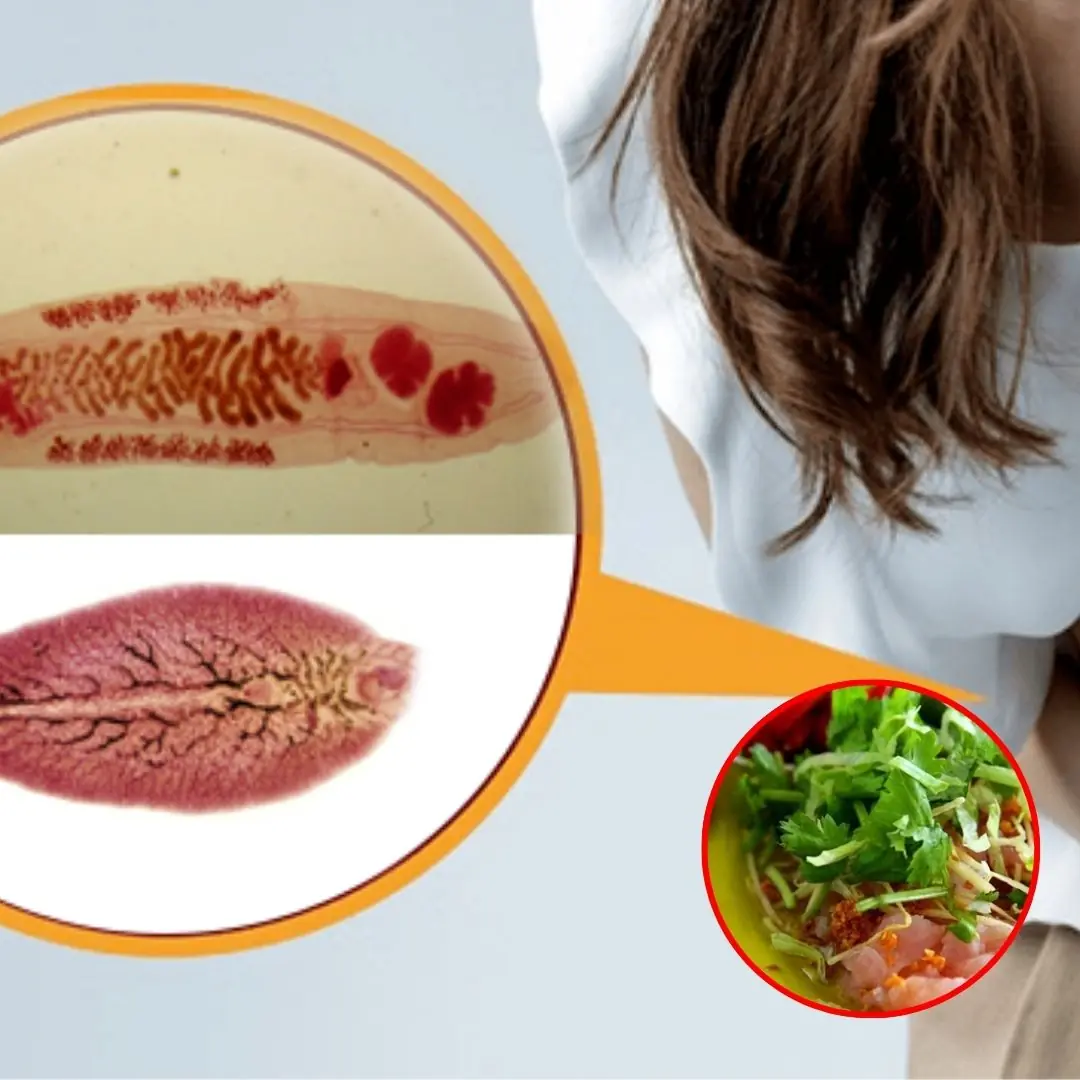
The risk of liver fluke infection from eating habits that many people have
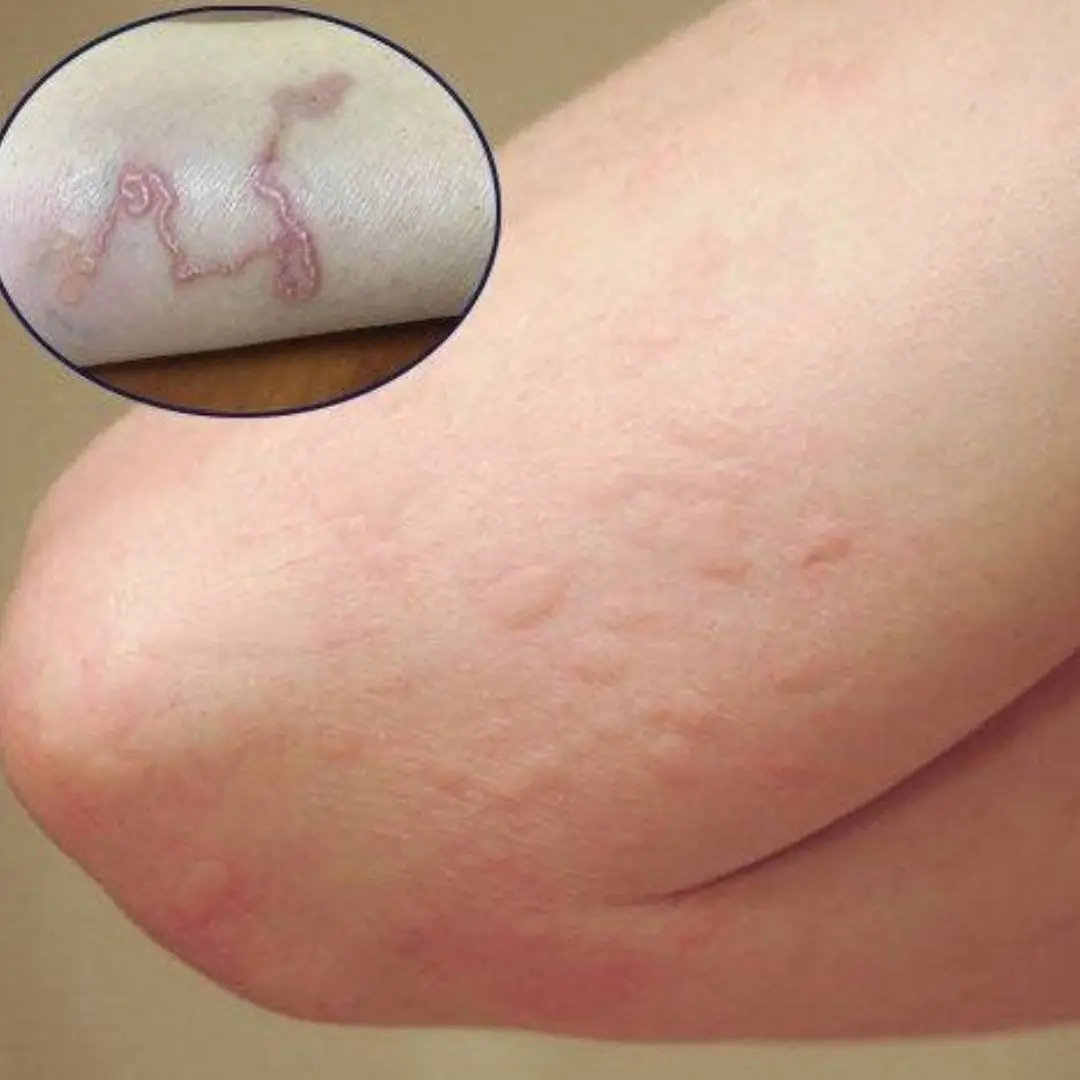
6 Signs You Have a Dog Tapeworm Infection That You Can Easily Ignore

Sweet Potatoes Could Damage Your Health — Especially If You’re in These 5 Categories!

5 Nighttime Drinks to Cleanse Your Li.ver and Shed Pounds While You Sleep

Pumpkin Health Benefits: The Forgotten Superfood You Need Daily

Eating steamed sweet potatoes every day

If you drool while sleeping often, check for these 6 diseases

Bruises on the body - a warning that you may have a problem
News Post

Honey and Ginger: Nature’s Golden Duo — Benefits, Uses, and Hidden Risks You Should Know
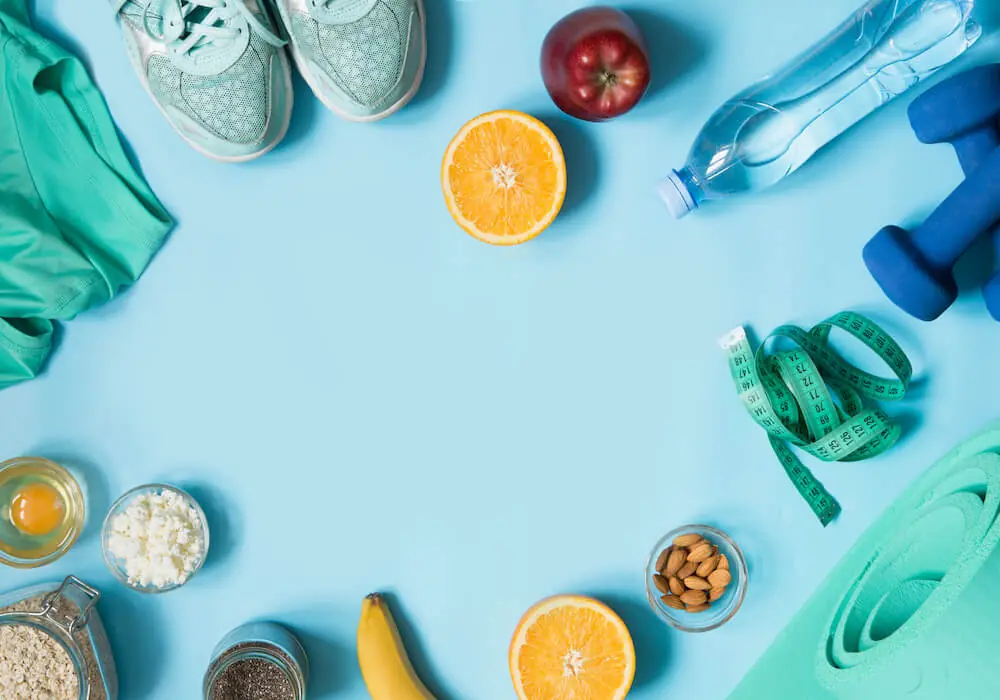
7 Easy Tips to Start a Healthy Lifestyle Today
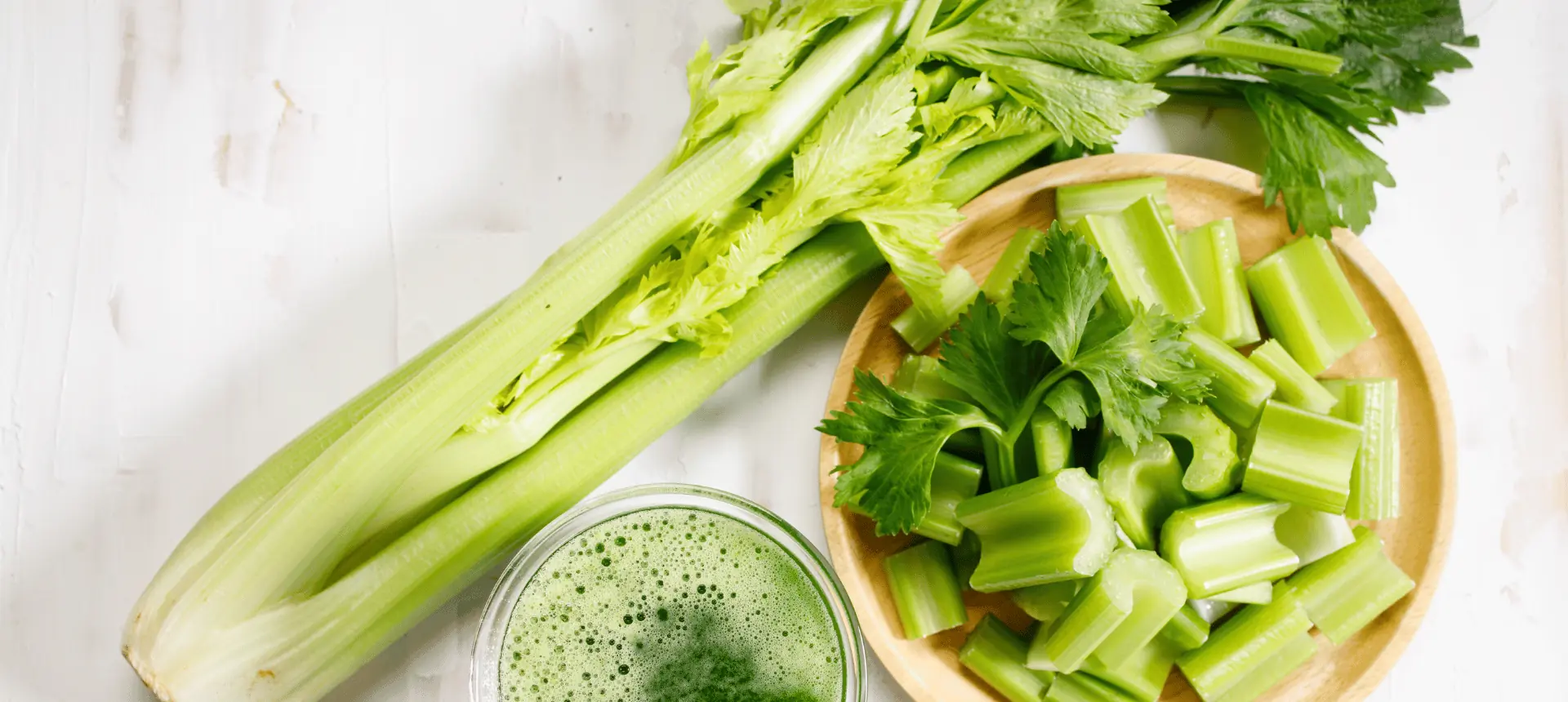
Celery Juice: Trendy Detox Drink or Just Overhyped Hype?
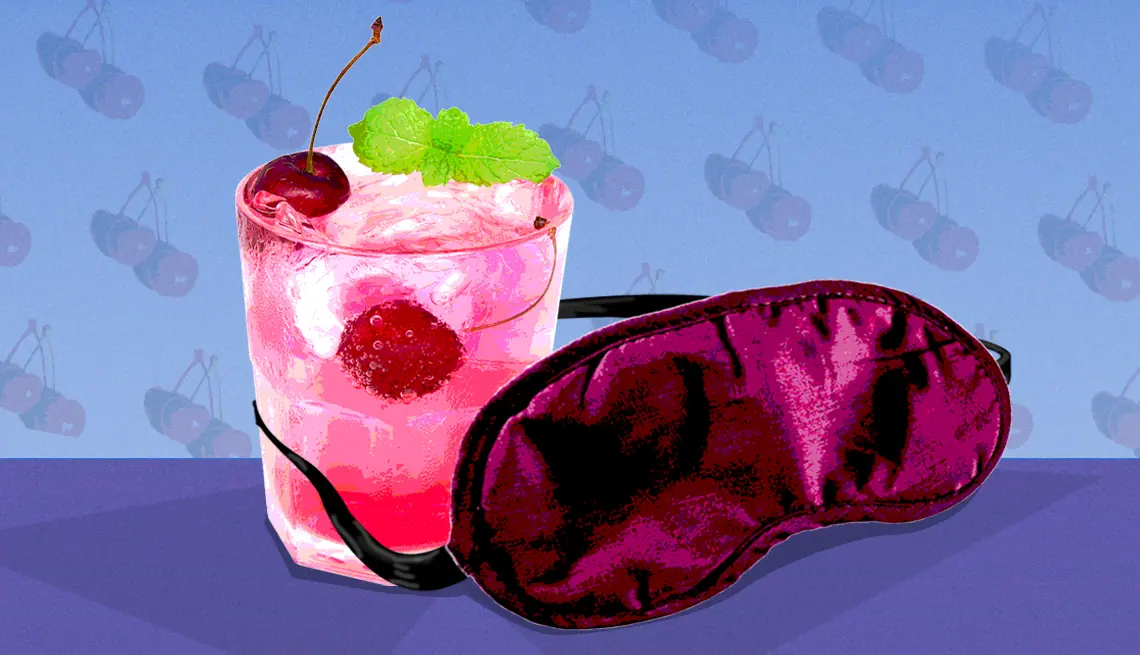
Sleepy Girl Mocktail: What’s in It — and Does It Really Help You Sleep?

Breathing Problems at Night? Try These Sleep Positions to Breathe Easier 😴🌿

Older Adults, Your Muscles Are Disappearing Without This Food in Your Diet

Unlock the Ancient Hair-Growth Secret That Boosts Length Naturally — No Chemicals, Just Pure Power

7 Subtle Signs Can.cer Might Be Growing Inside Your Body — Listen Before It’s Too Late

9 Natural Remedies That Wipe Out Fungal Infections Fast — No Chemicals, Just Results
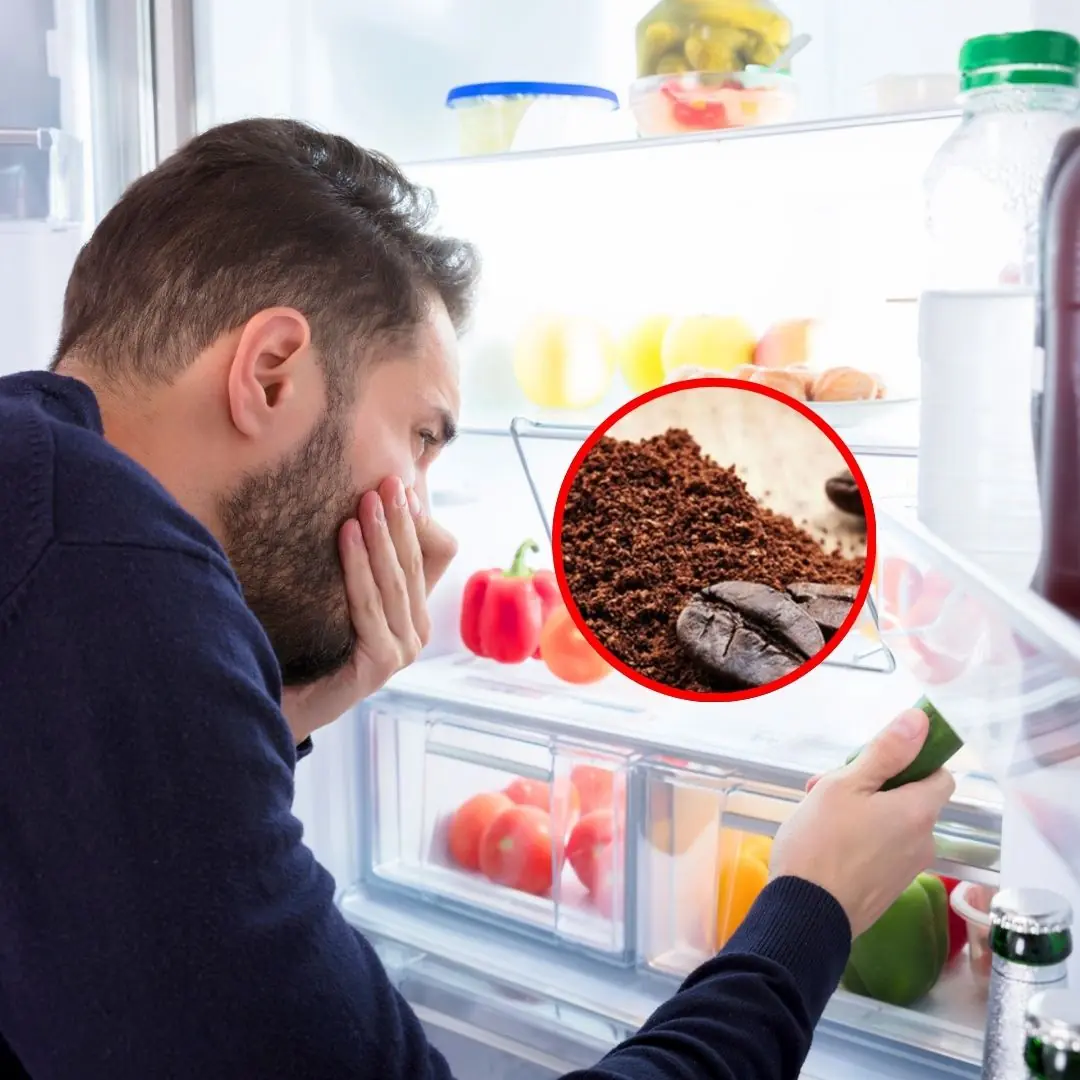
Prevent refrigerator odor with kitchen waste, no cost, fresh and fragrant refrigerator, fresh food

The 10-Minute Morning Tonic That Melts Away Swelling, Stiff Joints, and Circulation Fatigue

Clove Tea: The Ancient Elixir That Heals, Energizes, and Transforms from Within

Grape Hyacinth (Muscari): The Stunning Spring Flower That’s Edible - If You Know the Right Kind

The Surprising Benefits of Boiled Bay Leaves and Cloves: A Natural Elixir for Wellness

The habit of drinking hot water mixed with cold water will be harmful if you do not understand these 3 important things: Bacteria will grow, the body will get sick

The Hidden Healing Power of Papaya Leaves: Nature’s Secret Weapon for Health and Vitality

Pick a Ring and Discover What It Says About the Woman You Are

Bring out your hair’s natural shine with a leaf growing right in your garden
